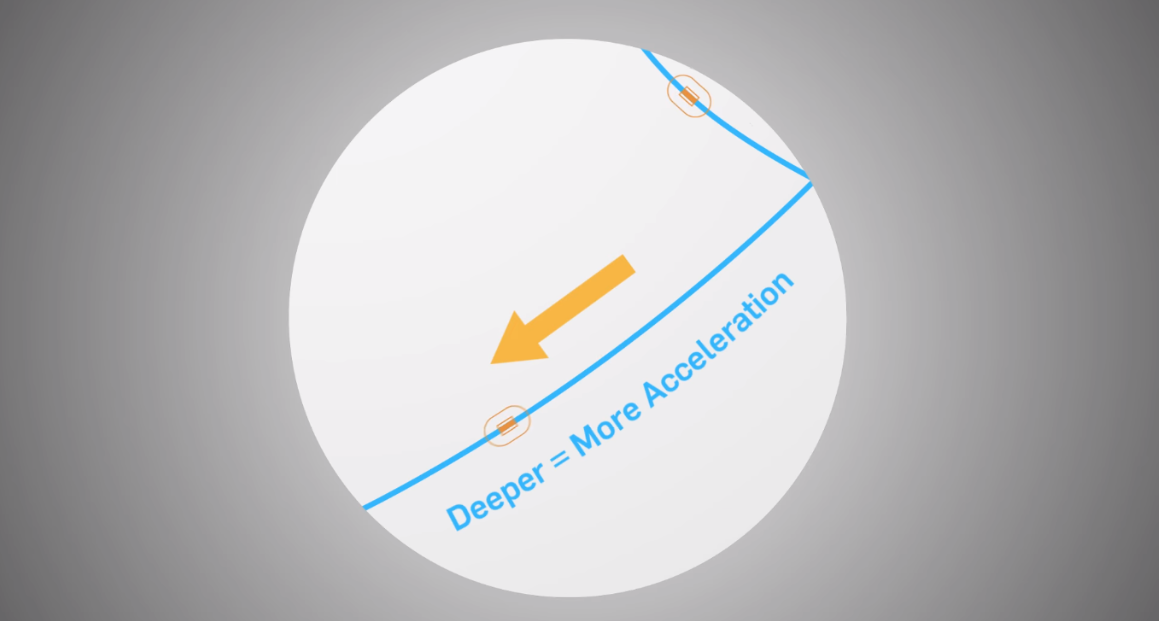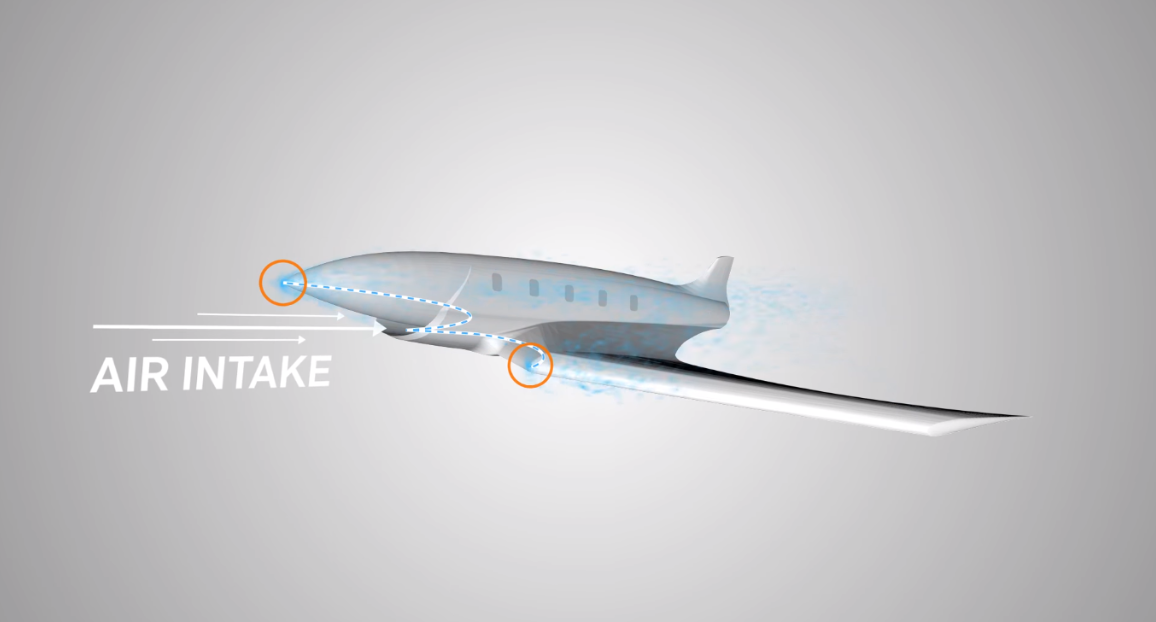Wouldn't it be amazing if you could travel halfway around the world in the time that it takes to read this article.
Speedy
travel is pretty much the holy grail of science fiction.
After all,
you can't have your super connected technological utopia while you're stuck in
your airlines' seat with your tray tables up and all your devices in the airplane
mode for 20 hours at a time.
So, what's
the answer, could we travel intercontinental distances in just minutes?
Well, there
are some things dragging us down literally, any ground-based transportation is
going to experience friction with the surface that it comes into contact with
and any vehicle traveling through the Earth's atmosphere is going to be slowed
by air resistance which is a pretty big deal at high speeds and let's not
forget the challenge of creating those speeds in a clean sustainable and
reliable way.
However, we
are already making headway towards our high-speed future.
We've got a high-speed
railway blasting through the British countryside 140 miles an hour thanks to
super smooth tracks and aerodynamic trains, and the fastest existing commuter
transport is the Shanghai MAGLEV train in China traveling between the
outskirts of Padang and the nearby airport. It uses strong magnetic fields to
hover above the tracks to do away with the problem of friction, meanwhile,
computer-controlled electromagnets push it in necks ably along allowing it to
reach speeds of up to 270 miles per hour this means that the 30-kilometer journey takes just seven minutes and 20 seconds.
But is 270 miles
an hour or we can manage, or maybe not if Elon Musk is to be believed.
His Hyperloop transport system is being heralded as the future of transportation and takes some pretty drastic steps to minimize friction and drag while maximizing acceleration.
The proposed system consists of a sealed tube running from A to B through, which a capsule can be shot like a bullet down the barrel of a gun to reach speeds of up to 760 miles an hour.
Like MAGLEV, it uses strong electromagnetic
motors to accelerate the capsule but the real trick is in reducing all resistance
by pumping almost all of the air out of the tube near-vacuum conditions means
that there's basically no drag. The little air that is left is sucked in at the
front of the capsule and pumped out the bottom to create so-called air bearings
that helps the capsule hover like an air hockey puck.
Although
Hyperloop is still something of a pipe dream, it might not actually be as far
away as we think, it could be that we see the first one built in the Middle East
linking Abu Dhabi to Dubai, the 90-mile journey could take as little as 12 minutes
and the CEO of the Hyperloop company that's evaluating the scheme says that it
could be up and running within five years, "I'll believe it when I see it".
Unfortunately,
there's nothing in the pipeline for a UK-based Hyperloop just yet, but if and
when it does arrive, we could expect a journey from London to Edinburgh to take
just 50 minutes, that's about five hours faster than today's trains. Now that's
a pretty good time to travel 650 kilometers, but it still takes 16 hours to get
to the other side of the world, so to make a train that goes much faster we're going to have to turn to some more creative concepts.
One such the idea is to have trains that simply never stop, not having to slow down at
stations would mean that carriages could travel at their top speed all the time
majorly cutting down on journey times. But how would you get on, surely that's going to hurt. Instead, passengers good board via moving platforms small trams that accelerate
up to the trains high-speed doc, unload, and then return to the station, it's a
nice idea, but it basically means that you have to double up on all your train tracks
which is a heck of a lot of infrastructures.
But if crazy
ideas of the order of the day then what absolute favorite would have to be the
gravity train, total recall anyone.
Instead of
speeding across the surface of the earth gravity trains would take the shortest route through the planet it does not only cut down on distance but also solves
the problem of propulsion since the pull of gravity towards the center of the
earth does all the hard work.
And the really cool thing is that no matter how far you have to travel, whether it's from London to New York or London to Sydney through the center of the earth, the journey always takes the same amount of time, 42 minutes to be precise.
That's
because a tunnel that goes deeper will allow for more acceleration and faster
overall speeds.
The one
teeny-tiny slag in this brilliant plan though is that the tunnel would have to
pass through the Earth's mantle and potentially even the core, even a humble
route from London to New York will have to be 55 kilometers deep, where
temperatures can soar to over a thousand degrees Celsius, that's four and a
half times deeper than we've ever dug before. Oh, unlike Hyperloop, this planet's
planning tunnel would have to be kept at a near-vacuum. So, yeah, gravity
trains are going to be tricky. In fact, ground-based travel, in general, is
holding us back its time to take to the skies.
Chances are you've heard of Concorde, the supersonic airliner capable of crossing the Atlantic in just three and a half hours (3.5hrs) traveling at more than twice the speed of sound, old news. But what about CONCORDE-2 from Airbus with its three separate propulsion systems or Boom technologies XB-1 endorsed by Richard Branson aiming for efficiency and low fares or even LAPCAT-2 from the European Space Agency which could travel as fast as eight times the speed of sound, these are just some of the concept aircraft that could be as common in our skies one day as 747 is today, but one of the most audacious proposals is for that of the hypersonic jet ANTIPODE.
This luxury business jet design would be able to travel at 25 times the speed of sound, which's more than
What makes ANTIPODE
so innovative, are the design features that minimize the earth-shattering sonic boom that the plane makes when it breaks the sound barrier, a real menace when
flying near urban areas.
Like the Hyperloop train capsule, it would suck in air at the front and divert it over the surface of the plane.
there's not only muffles the sonic boom but also
cools the aircraft as it slices through the air at searing speeds.
The problem
is science hasn't come up with the materials yet that can withstand the pressure
or heat or engines that are capable of reaching such speeds so for now, we're
left high and dry on this, one the one thing we do have the technology for though it is the space liner equipped with a detachable rocket booster it can shoot
a craft
But with the
ability to travel 25 times the speed of sound in just 10 minutes of space the liner could be taking passengers halfway around the world in just 90 minutes
and the German researchers working on the concept predict that we could be
cruising on a space liner in as little as 30 years.
So, could we
travel the world in minutes sure we can just as soon as engineers have figured
out how to make a vacuum chamber hundreds of miles long or engines that don't
explode at many times the speed of sound
Whether it's
been shot out of a giant barrel of a rifle or plummeting through the Earth's
core or gliding down from the edge of space, that is a future of transport
that I want to see.
So, have you
got any ideas for super-fast intercontinental travel?
let me know in the comments below:











0 Comments
Be helpful in the comments below: